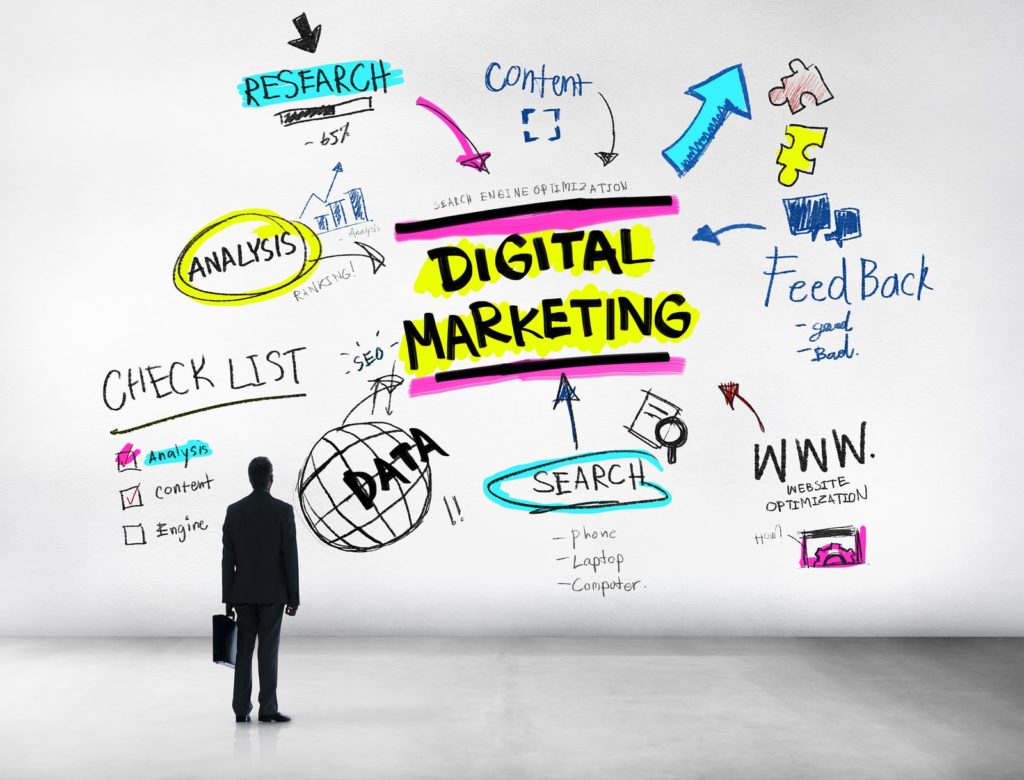From Skip to Follow: How to Boost Campaign Performance with Permission Marketing
Most people skip ads. Don’t you?
Even we marketers skip ads, but then we go to work and create ads that we know people will skip. And yet, at a time when people are even willing to pay in order not to be served any ads, we also see the opposite happening elsewhere: people are voluntary searching for brands and following them.
This phenomenon reflects two types of marketing:
- Interruption or traditional marketing, which is the type of advertising that most people skip, block and even sometimes pay to avoid, if possible
- Permission marketing, which gets people to voluntarily follow brands
This video sets the mood and tone of the type of content that people use in permission marketing :
The term ‘permission marketing’ was coined by Seth Godin in 1999 and is characterized by three features :
- Anticipated – people look forward to hearing from you
- Personal – the messages are directly related to the individual
- Relevant – the marketing is about something the audience are interested in
Ever since the introduction of permission marketing, companies and start- ups have been inspired to adapt similar marketing tactics, but under different names such as content and social media marketing.
And given the wide range of research showing Millennials don’t respond to traditional ads, the need to adapt permission marketing will be even greater in the coming years.
As such the ad industry will have to move out of traditional interruption marketing.
In the coming years ad agencies and brands will need to adapt permission marketing in order to become influencers in their own field and develop content that people would like to follow instead of skip.


